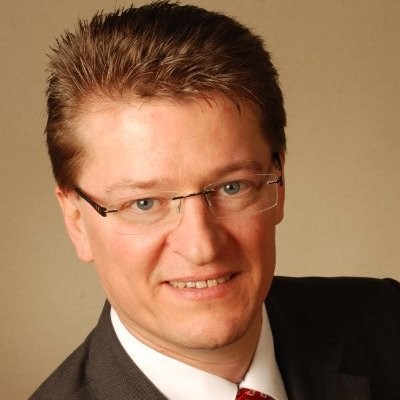Latest 48V develoments with Mr. Uhl, SEG Automotive
Add bookmarkAutomotive IQ sat down with Dr. Marc Uhl, Vice President Engineering Lead Development at SEG Automotive Germany GmbH, and discussed the latest developments for 48V E-machines, current state of PO topology in 48 powertrain systems and future prospects for the other topologies.
Dear Mr. Uhl, you are vice president engineering for SEG Automotive. Please tell us a bit more about your role and the relation to 48V.
I have been with SEG Automotive for 8 years now and joined the company back when it was still known as the “SG division” of Bosch. Coming from the conventional combustion engine development, I started working on 48V concepts in 2010 when I took over the responsibility for the development of the Boost Recuperation Machine (BRM). It was born from the idea to create a very cost efficient mild hybrid system for the mass market based on conventional generator technology – and as a technology leader we brought the machine concept into series production in 2017.
Now we are extending our activities and are driving numerous high volume customer projects for different international OEMs. I personally am convinced that the 48V technology will be one of the leading approaches to reduce CO2 emissions and increase efficiency in the next decade, with the P0 topology being the most prevalent.
The most used topology in current 48 powertrain systems is P0. What are the future prospects for the other topologies and what still needs to be done in order to make them cost efficient to be used in the mass market applications?
The P0 topology will remain the dominating topology for 48V applications due to the fact that the cost/benefit ratio of this concept is very good in conventional drivetrains and it can easily be integrated into the existing architecture.
Other topologies require much higher integration effort and significant modifications to the drive train. Sure, P2 and P4 topologies could in theory offer a comparable cost/benefit ratio to P0. However, for placement in the vicinity of the transmission (P2) or on the rear axle (P4) different approaches will be necessary for different vehicle platforms – and this higher variance in regards to technical solutions will in turn lead to a decreased benefit in terms of economy of scales for the OEMs and the suppliers.
Nevertheless, other topologies will find their way to many applications as well, especially to further increase CO2 savings and recuperation.
What are the current developments in your company in this area and what are the conclusions?
More stringent CO2 regulations and heightened public awareness are increasing the pressure on OEMs to improve efficiency of their fleet. However, even in 2025 85% of new cars are still expected to have a combustion engine – with or without 48V technology.
Subsequently, we are meticulously preparing our product range accordingly. We are carefully evaluating solutions both for p>0 and HV to be ready for different scenarios and reduce CO2 emissions regardless of the drive technology. Thanks to our development expertise and pioneering spirit, we are all set to become a driving force in the shift to e-mobility, too.
In the medium term, for example, it is conceivable to combine one BRM on the belt with two BRMs on the rear axle. In this scenario, the P0 positioning ensures maximum comfort during start and stop, the P4 positioning provides additional recuperation and sufficient power for purely electric driving within city limits. Overall, this would result in a more cost-effective alternative to PHEVs, which can dispense with an expensive high-voltage security architecture.
Have you made experiences with serial production of motors and what were the challenges with it?
SEG Automotive has been shaping progress in the product sector of starter motors and generators for more than a century. So we are looking back at more than 100 years of experience in the series production of electrical machines – with a volume of several million machines per year.
In mass production of highly sophisticated products you always face the challenge to keep the product quality at the highest level. For this reason, we have dedicated a lot of energy and resources to ensure uniform global quality standards to deliver efficient and durable products to our clients across the globe.
Of course, the Boost Recuperation Machine presented new challenges when we adopted it for high volume series production in 2017. As a part of the electronic control unit network, it required us to expand our expertise to also include highly sensitive electronics in combination with complex software engineering and flashing processes. This knowledge will also be invaluable moving forward towards other 48V topologies and high-voltage products.
How do you see the future of 48V in the realm of fully electric vehicles? Is it going to still be an attractive market?
Electrification will not happen overnight – and will not be equally viable in every region both from an ecological point of view and from the consumer’s perspective.
Firstly, even by 2040, only 31% of energy is going to come from renewable sources and coal-powered EVs do not benefit the environment. Secondly, the total cost of ownership for EVs is still significantly higher, despite customers having to suffer range limitations and a greatly varying charging infrastructure.
So 48V will have an important role to play in the market for decades to come – both to reduce emissions in the short-term and provide a sensible alternative to EVs in the long-term, especially in regions with poorer energy mix or infrastructure.































